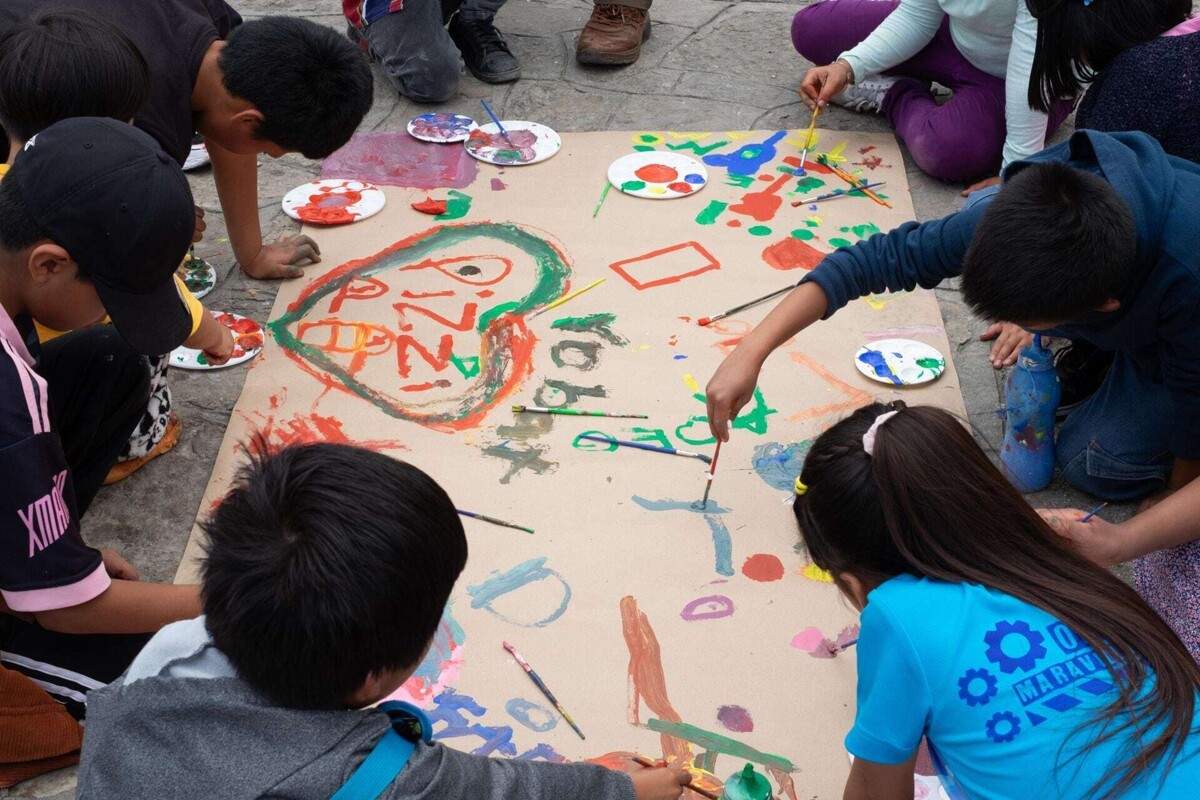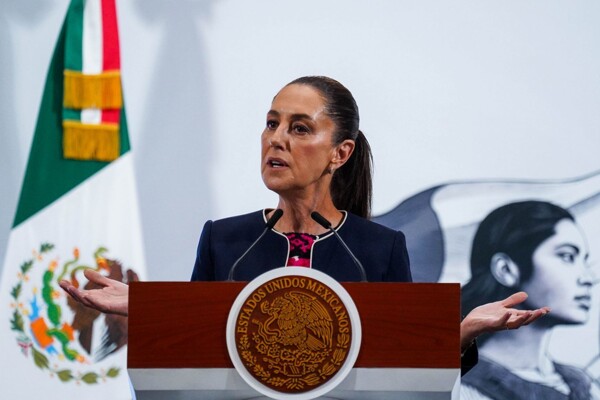
The adolescent pregnancy rate has decreased, although in 2023 more than 101 thousand births from adolescent mothers were registered in Mexico, with Chiapas being the state with the highest incidence. The fertility rate has significantly dropped from 6.44 children per woman in 1970 to only 1.8 in 2022. This poses challenges, despite being seen as an opportunity to redistribute resources among fewer children.
Around 60 percent of adolescent mothers were unemployed at the time of birth registration, and more than 55 percent had educational levels of secondary school or lower. Although the decrease in births may be associated with better fertility control due to access to contraceptives, it does not automatically guarantee better conditions for childhood, especially amid high levels of poverty and malnutrition.
Low birth rates may also accentuate territorial disparities, as rural areas have higher birth rates and often lack essential services like education, housing, and economic opportunities. Additionally, the increasing participation of women in the labor market is relevant, as this can impact child-rearing and caregiving.
In Mexico, the decline in birth rates raises questions about the country's future, as this may affect economic growth, pressure on health systems, and the well-being of the child population. Urbanization plays an important role, as in urban areas the fertility rate is lower than in rural areas, which has significant social and economic implications.
The issues are reflected in the living conditions of children in Mexico, where chronic malnutrition, overweight, poverty, and lack of opportunities are persistent realities. These conditions negatively impact the physical, cognitive, and educational development of children, perpetuating the cycle of poverty in the country.
In a global context of declining birth rates, it is essential to rethink public policies and social structures to address the challenges of an increasingly shrinking child population. Education, gender equity, and access to basic health and nutrition services are key elements to ensure a sustainable and prosperous future for generations to come.













